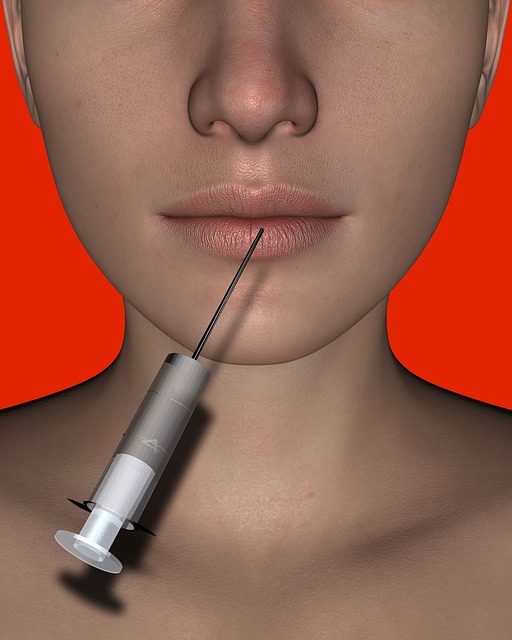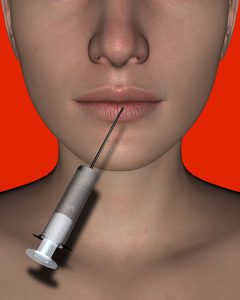

Botox is widely used in various cosmetic treatments including removal of lines and wrinkles. The Dental Quality Assurance Commission (DQAC), Washington has released an interpretive statement on July 26, 2013. The Commission grants permission to dentists to use Botox and cosmetic fillers. The product is used in cosmetic dentistry to enhance the smile.
Botox is a neurotoxin that is derived from bacterium Clostridium botulinum. The toxin inhibits the release of acetylcholine (ACH). ACH is a neurotransmitter responsible for stimulating muscle contraction and glandular secretion. Inhibition of ACH induces muscle relaxation which helps in many conditions.

“Botulism” is a very dangerous disease that was first described by a German physician Justinus Kerner. It is caused by botulinum toxin (BT). Botulism is produced under anaerobic conditions by Clostridium otulinum. Botulinum is one of the most deadly toxins known. It has found applications in bioterrorism as well. However, Botulinum is the first toxin to be accepted for therapeutic uses.
In dentistry, Botox has shown quite promising results in carrying our different treatments like-Temporomandibular Joint DisordersTemporomandibular Disorder(TMD) affects chewing of the jaw. It causes different health conditions such as facial pain, neck pain, joint sounds, and headache. Botox type A is an alternative that is used for muscle relaxation.BruxismThe medical term used for unconscious grinding and clenching of teeth. Botox Type A commonly used is injected into the masseter muscle (responsible for the movement of the jaw). This weakens the muscle and reduces the involuntary grinding of teeth.Dental Implants and SurgeryThe overloading of masticatory muscle can prevent the osseointegration of implants, it can cause fractures as well. The Botox type A injection acts as a relaxant for masticatory muscles. It helps in stabilizing the implants.Gummy smileThis condition is an excessive display of gingival tissue (gums) on smiling. Botox is injected to limit the over contraction of the muscles of the upper lip, which reduces the excessive exposure of gums while smiling.Mandibular spasmThe spasm or semi contraction limits mouth opening, which restricts oral functions. Botox treated masticatory muscles are relaxed and hence reduces spasm.
The adverse effects include allergic reactions, rash, itching, headache, neck pain, back pain, muscular stiffness, difficulty in swallowing, and shortness of breath. This can also accompany other effects such as nausea, diarrhea, stomach pain, loss of appetite, injection site reactions, sore throat, runny nose, and excessive sweating.
scanO is an AI ecosystem transforming oral health for patients, dentists, corporates, and insurers worldwide

© 2025 Trismus Healthcare Technologies Pvt Ltd